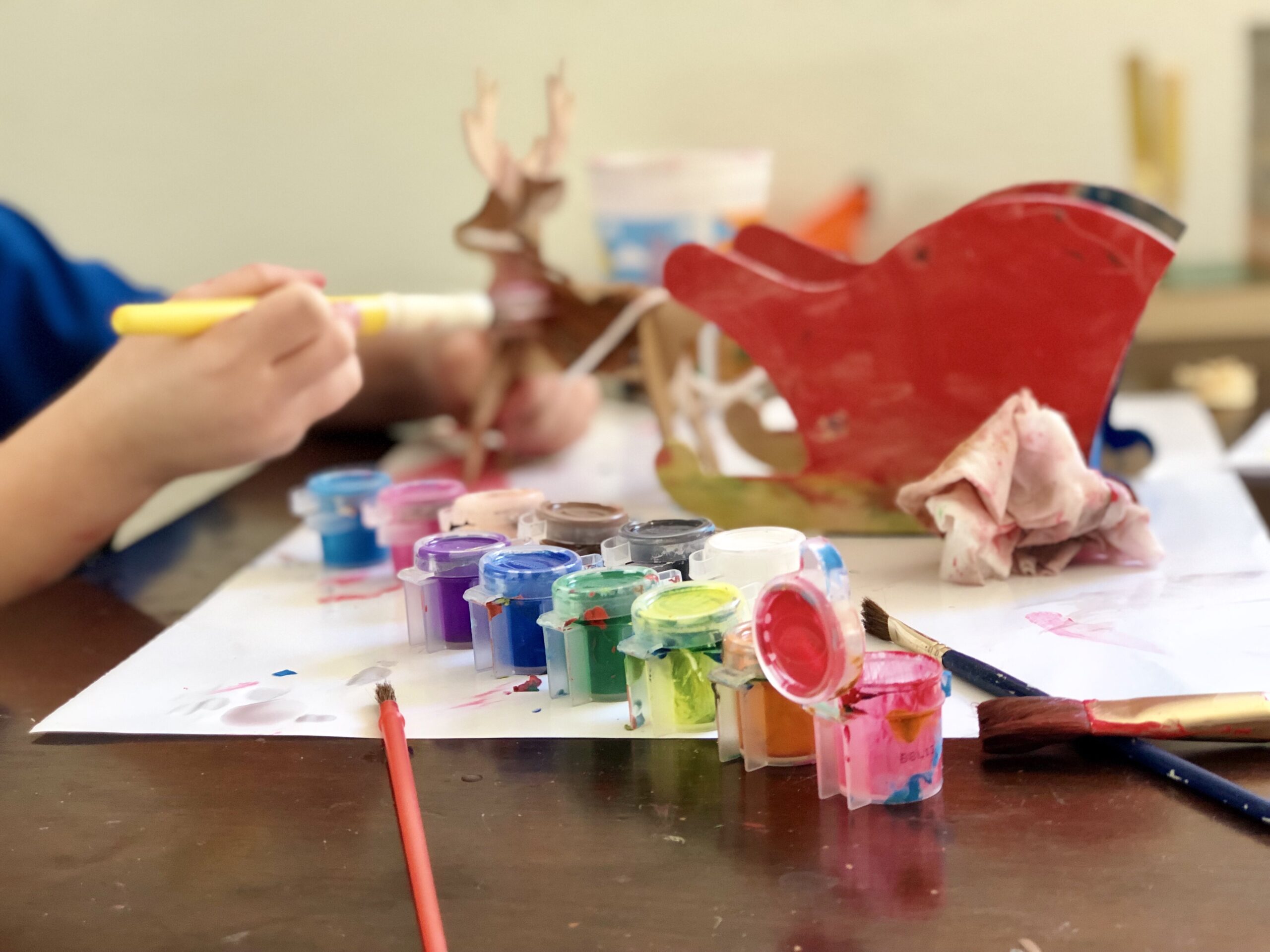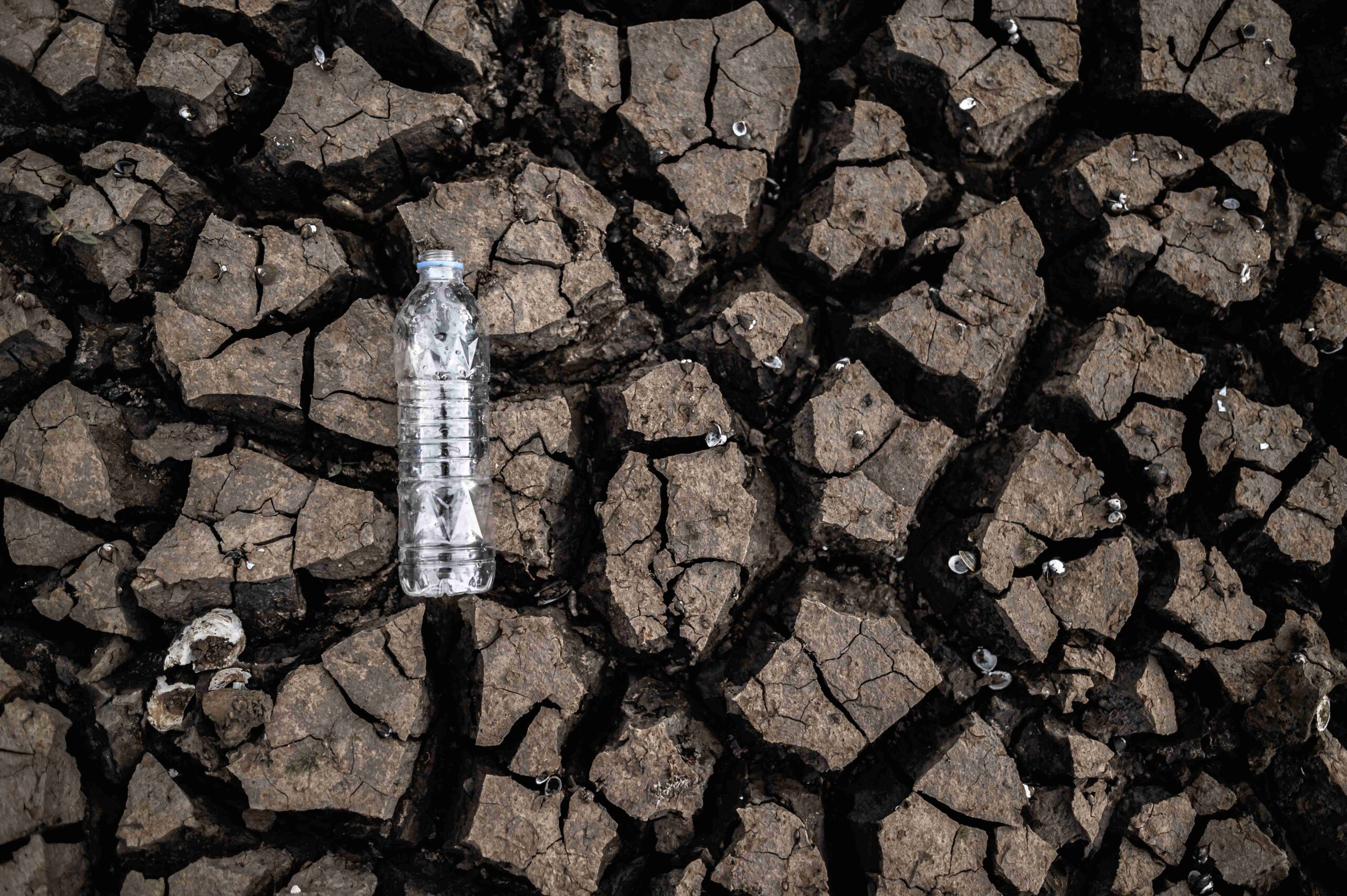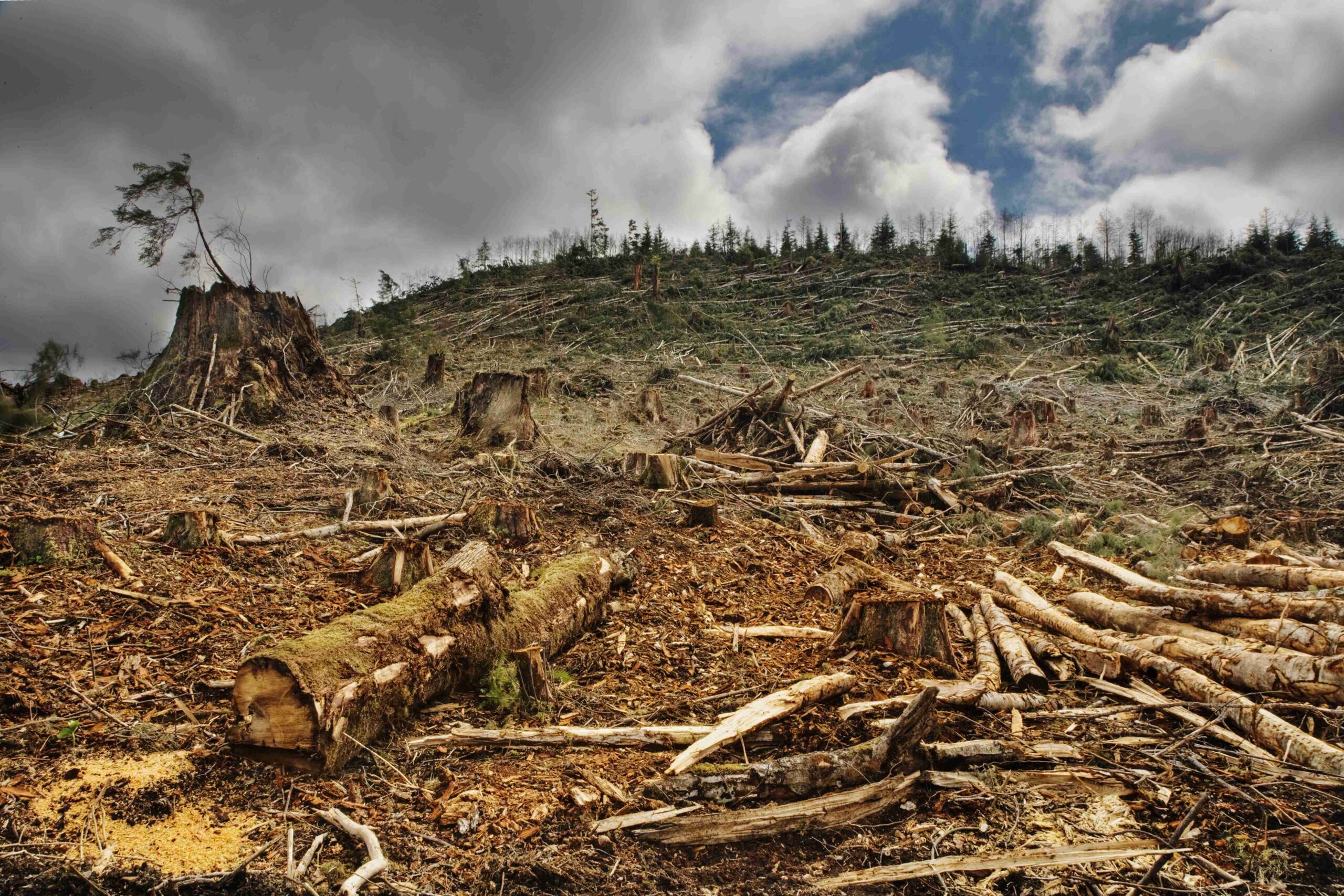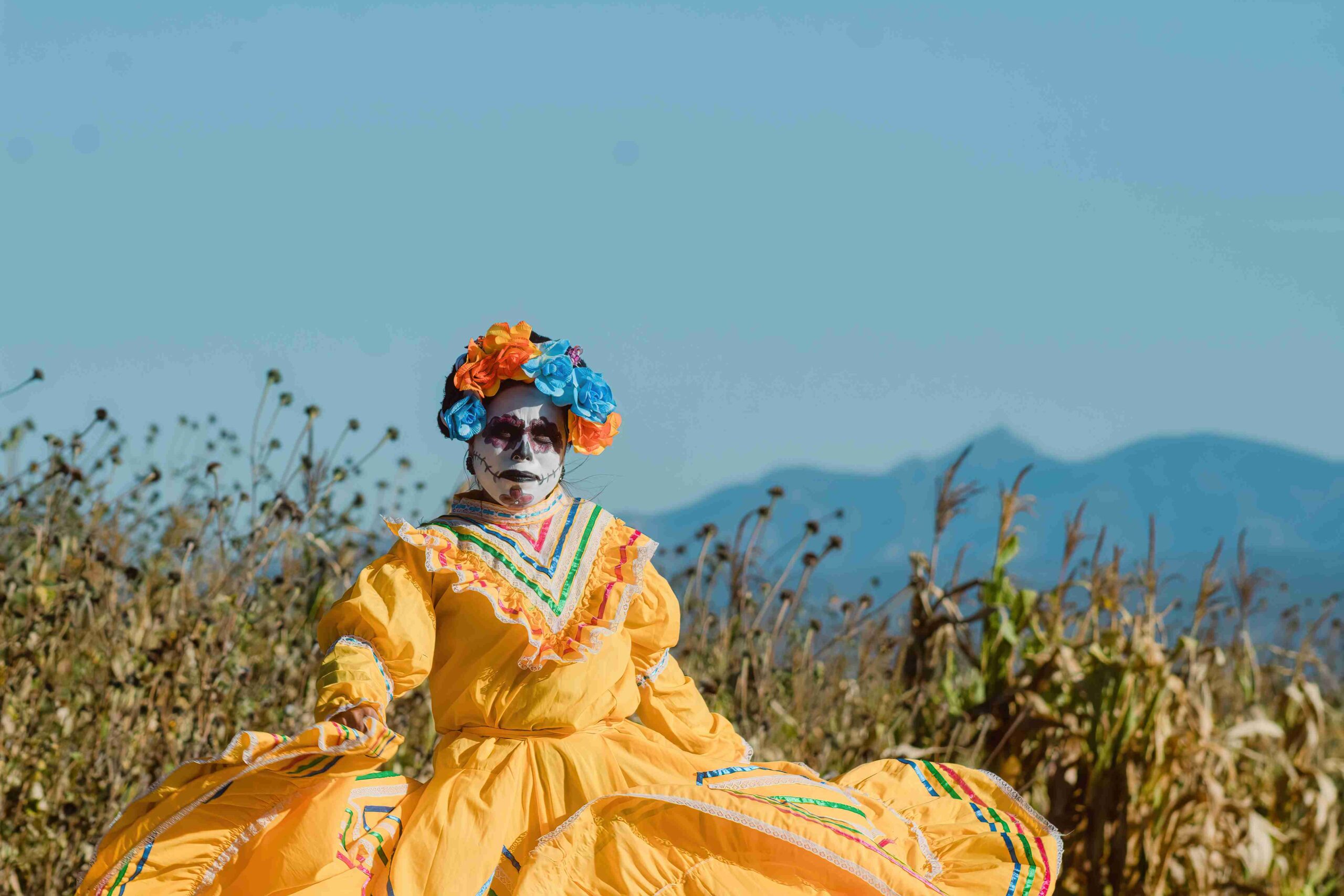For the fourth consecutive year, a transformative initiative is bringing hope and healing to children and young people battling cancer in Morelia. Organized by the civil association Contenedor de Arte and in collaboration with AMANC Morelia and Vive México, the “Art Therapy Workshops for Children and Young People Suffering from Cancer” have become a beacon of support and creativity. Held from September 7 to 20 in Morelia, these workshops unite foreign volunteers and local experts to foster intercultural exchange and promote holistic recovery through art, music, and psychology.

Platform for Healing and Expression
Art therapy has long been recognized as a powerful tool in helping individuals cope with physical and emotional challenges. For young cancer patients, the ability to express themselves through creative mediums can provide much-needed relief from the stress, depression, and anxiety associated with their illness. In these workshops, participants engage in a variety of activities that encourage self-expression and reflection. Through painting, sculpting, and music, children and adolescents can explore their emotions and rediscover joy amid their struggles.
The benefits extend beyond the patients themselves. Families also find solace and connection during these sessions, as they witness their loved ones reclaim their inner strength and resilience. By offering a supportive space where emotions can be freely expressed, the workshops help to alleviate the psychological burden of cancer, contributing to an improved quality of life.
Impact on Cancer Treatment
Art therapy is about healing, empowerment, and community building. In a country where cancer is the second leading cause of death, with approximately 7,000 new cases each year among those under 20, innovative approaches like these are vital. The therapeutic benefits of art are deeply intertwined with the body’s natural healing processes. By channeling their emotions into creative expression, young patients often experience a boost in mental well-being that can have a positive impact on their overall recovery.
Key Benefits:
- Emotional Relief: Engaging in art reduces stress and alleviates anxiety, providing a much-needed escape from the constant challenges of cancer treatment.
- Enhanced Self-Expression: Art allows patients to articulate feelings that may be difficult to express verbally, fostering a deeper sense of personal insight.
- Improved Quality of Life: By incorporating creative activities into their routine, patients often report an overall improvement in their mood and well-being.
- Family Support: The workshops also serve as a platform for family members, strengthening bonds and creating a supportive community around the patient.
These benefits underscore the critical role that art therapy plays in comprehensive cancer care, demonstrating that healing is a multifaceted process that goes beyond medical treatments alone.
Collaborative Efforts and Institutional Support

The success of these workshops is driven by a strong network of organizations committed to making a difference in the lives of young cancer patients.
Key Partners:
- Contenedor de Arte A.C.: An independent network that connects artists, institutions, and communities to promote contemporary cultural values. They lead the artistic direction and organization of the workshops.
- AMANC Morelia: The Mexican Association for the Support of Children with Cancer, I.A.P., provides comprehensive care, including accommodation, food, and psychological support. Their expertise ensures that the workshops are integrated into a broader framework of holistic care for low-income children and teenagers.
- Vive México: As the first and largest international organization in Latin America dedicated to youth development, Vive México facilitates international cooperation and cultural exchange, inviting foreign volunteers to share their expertise and enrich the workshops.
These collaborations create a robust support system that empowers young patients and their families, demonstrating that the power of art can bridge gaps and transform lives.
Join the Movement!
We invite you to explore our website for more in-depth coverage, interviews, and updates on adaptive sports and other inspiring initiatives. Discover how art therapy is transforming the lives of children and young people battling cancer, and learn about the ongoing efforts to create supportive, inclusive communities. Your interest and engagement can help amplify the voices of those who need it most.







